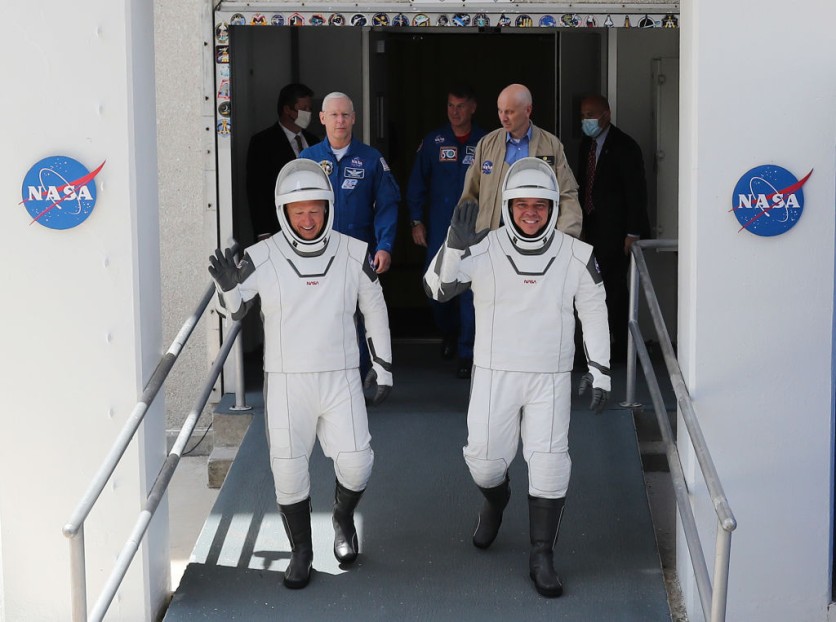
Ahead of launching spacecraft to the moon in the next few years and traveling to the International Space Station (ISS), NASA has expressed concerns about the lack of astronauts needed to fulfill the missions.
Astronaut Shortage?
NASA's Office of Inspector General recently released a report titled NASA's Management of its Astronaut Corps which stated that its astronaut corps currently stands at 44, down from nearly 150 astronauts in 2000.
As noted in the report, NASA's planning for astronaut training and assignments is currently driven by the International Space Station, but it reiterated that exploring the moon and potentially Mars will require it to reevaluate how it prepares for such missions.
In a NASA analysis completed several years ago, NASA determined that the number of astronauts would dive down below the minimum manifest requirement in fiscal years 2022 and 2023
True to their analysis, NASA's Management of its Astronaut Corps saw a decrease in the number of astronauts, referring to it as "one of the smallest cadres of astronauts in the past 20 years."
Tech Times reported that this situation prompted NASA to choose 10 new astronaut candidates at the end of 2021.
As of the moment, the two-year training program has begun for the new recruits.
However, another alarming situation surfaced in the report. There is a possibility that NASA may not be able to recruit enough extra astronauts to compensate for "unanticipated attrition and crew reassignments."
This also means a lack of people needed for ground roles such as leadership and liaison positions and spokespeople for the space agency.
Now, with the expanding opportunities in space forecasted for Artemis missions, it could be possible that the corps would be misaligned in the future. This would result in disruptive reorganizations of crews or mission delays.
Moreover, NASA disclosed their concern that at this time, it may not be ready to adjust astronaut training programs for lunar missions that will differ greatly from ISS missions.
The first crewed moon mission, Artemis II, could possibly be delayed beyond its current target date of 2024 due to this situation.
Also Read : NASA Announces 10 New Astronaut Candidates For Potential Long-Term Moon, Space Station Presence
How NASA Can Address the Issue
According to NASA's Management of its Astronaut Corps, the space agency needs to improve mission training and planning, coordinate with various bodies, and promote more collaboration among them.
Furthermore, NASA needs to determine whether the minimum size of the astronaut corps for missions over the next five years needs to be increased from its currently used safety margin of 15%. This is to prepare them for upcoming space missions lining up their tabs.
In the last round of NASA astronaut recruitment, over 12,000 people applied, suggesting there is still a lot of interest in space exploration as a career. This suggests that NASA has a good shot at fixing matters over time.
This article is owned by Tech Times
Written by Thea Felicity




